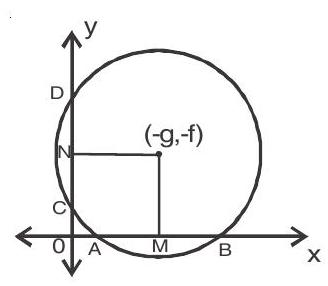CIRCLE-1 (Equation of Circles)
Basic concepts
Circle : A circle is the locus of points which are equidistant from a fixed point and lies on the same plane.
Fixed point is called centre of a circle and constant distance is called radius of the circle
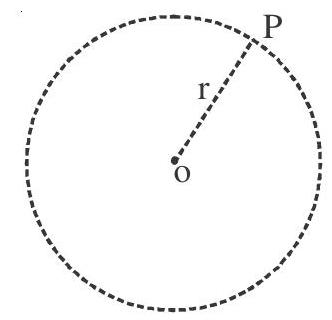
Standard equation of a circle
The equation of a circle with the centre at
If centre is at the origin and radius is
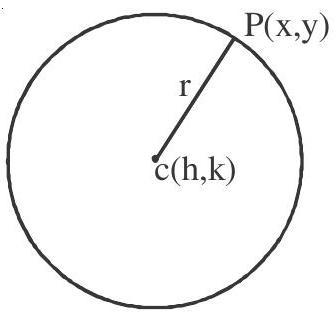
General equation of a circle
centre (
Conditions for a second-degree equation to represent a circle
(i) coefficient of
(ii) coefficient of
If
If
If
Equation of circle in various forms
1. Equation of circle with centre (h.k) and passes through origin. is
Note that when a circle passes through origin the constant term must be zero
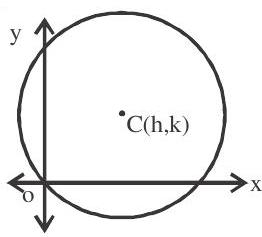
2. If the circle touches
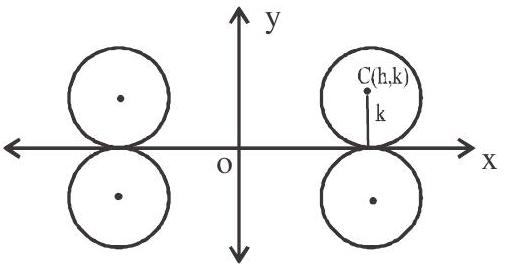
3. If the circle touches
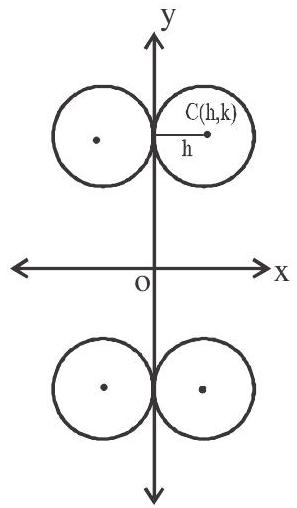
4. If the circle touches both the axes then its equation is
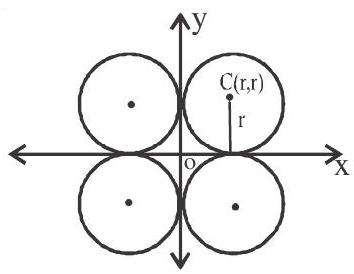
5. If the circle touches
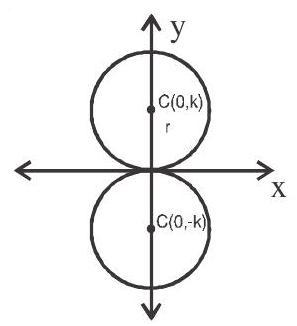
6. If the circle touches
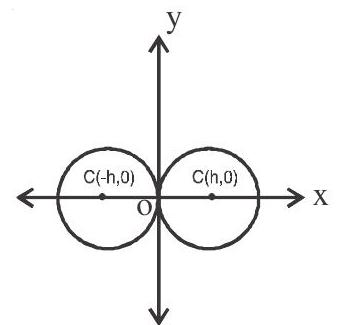
7. If the circle passes through origin and cuts intercepts
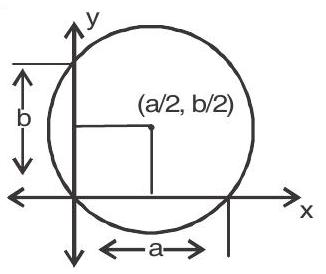
Equation of circle on a given diameter
8. If
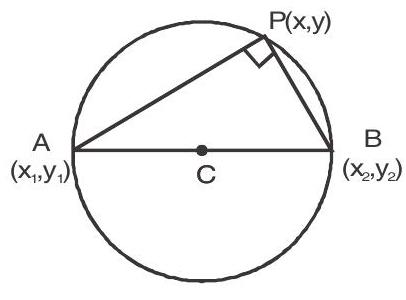
Parametric form of circle
9.
Where
In particular coordinates of any point on the circle
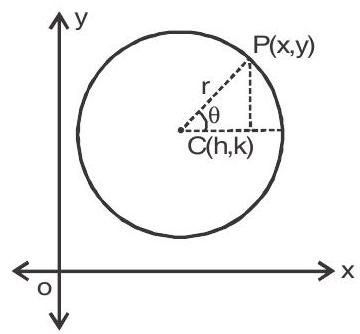
Intercept made on the axes by a circle
10. Let the equation of circle is
